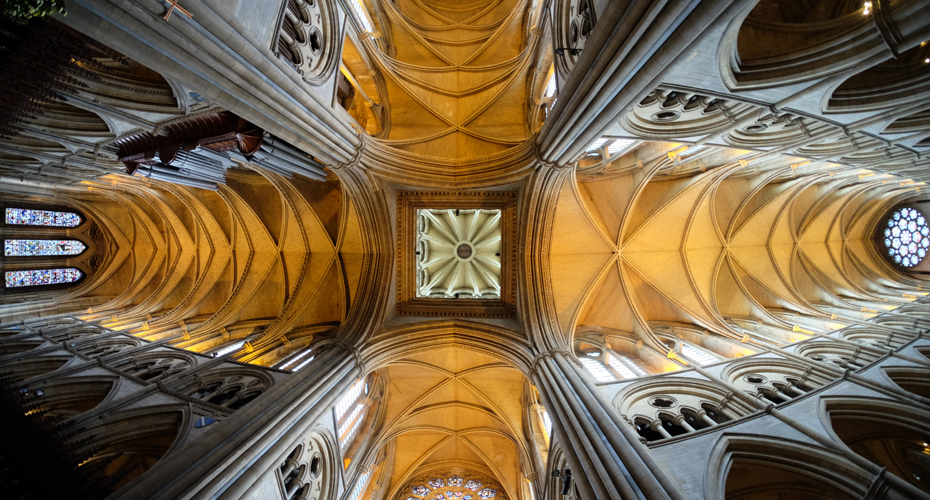Places of note
Cornwall has been inhabited since the Palaeolithic period, and it is not difficult to find burial chambers, hill forts, and standing stones dotted across its rolling green hillsides.
Truro
In the capital city of Truro, archaeological evidence dates back several centuries, and, in the 12th century, the city was home to a castle built by the Chief Justice of King Henry II. Thanks to its location near the confluence of the Kenwyn and Allen Rivers (which join together to form the Truro River), the city was for centuries an important local port for the fishing and mining industries. Although it continues to play a prominent role in Cornish retail activity, Truro is now better known for serving as the administrative and cultural hub of the county.
Penryn
Founded in 1216 by the Bishop of Exeter, Penryn is one of Cornwall’s oldest towns. From 1265 until 1548, Penryn was home to Glasney College, a religious institution whose dissolution was one of the factors leading to the Prayer Book Rebellion in 1549. This event marked the decline of the town, which has, in the decade since the establishment of the Penryn Campus, experienced a notable renaissance; it is now home to a number of galleries, eateries, and shops that cater to students and visitors alike.
Falmouth
Although Henry VIII built Falmouth’s Pendennis Castle in 1540, the town was not officially incorporated until 1613. Falmouth became the Royal Mail packet station in 1688 and, as such, was the port into which news of the events at the Battle of Trafalgar was brought to the British mainland. The town has a long history of maritime activity; the Falmouth Docks—still highly active today—were founded in 1858. The introduction of the railway in 1863 greatly improved access to the town and allowed Falmouth to develop into the popular tourist destination that it is today.
Visitors to Pendennis Point can peek inside the 16th-century Pendennis Castle, learn more about the history of the area at the Discovery Centre, walk the footpaths along the castle walls, or take in the stunning views of the nearby headlands and English Channel. Those with children might be interested in the nearby Ships and Castles Leisure Centre, which features a pool and wave machine.
There are several beaches in or near Falmouth, providing plenty of space for sunbathing, barbecuing, doing sports, or just relaxing. For those who would rather stay dry, there are plenty of opportunities to take in the views from the land. Falmouth, Penryn, and Truro all have a number of scenic quays and waterfront beer gardens where visitors can soak up the sun with a drink or something to eat. Ferries are available across the estuary to beautiful St. Mawes, or up the river to Trelissick Estate and Malpas (with a bus link to Truro).
Kennall Vale is a vibrant woodland containing a disused gun powder works and water-filled quarry in the nearby town of Ponsanooth around a 10 minute drive from the Penryn Campus. Left to be reclaimed by nature and now managed by the Cornwall Wildlife Trust, the site is filled with wildlife and the flowing river Kendall. It’s a beautiful quiet place to walk around, and in the past students have found it to be the perfect location for filming wildlife documentaries or setting up photo-shoots.
Truro Cathedral was consecrated in 1887 after 7 years of construction. Not since 1220 had any British builders attempted to emulate the feats of the great medieval architects; thus, while the Cathedral is relatively young, it is still unique and very impressive. Made in the gothic style, the building incorporates fragments of the old parish church that once stood on the same site, and features a number of noteworthy stained glass panels. Each year, the Penryn and Truro Campuses hold their graduation ceremonies in this impressive building; throughout the year, the cathedral also hosts a number of talks and musical performances that are open to the public.

